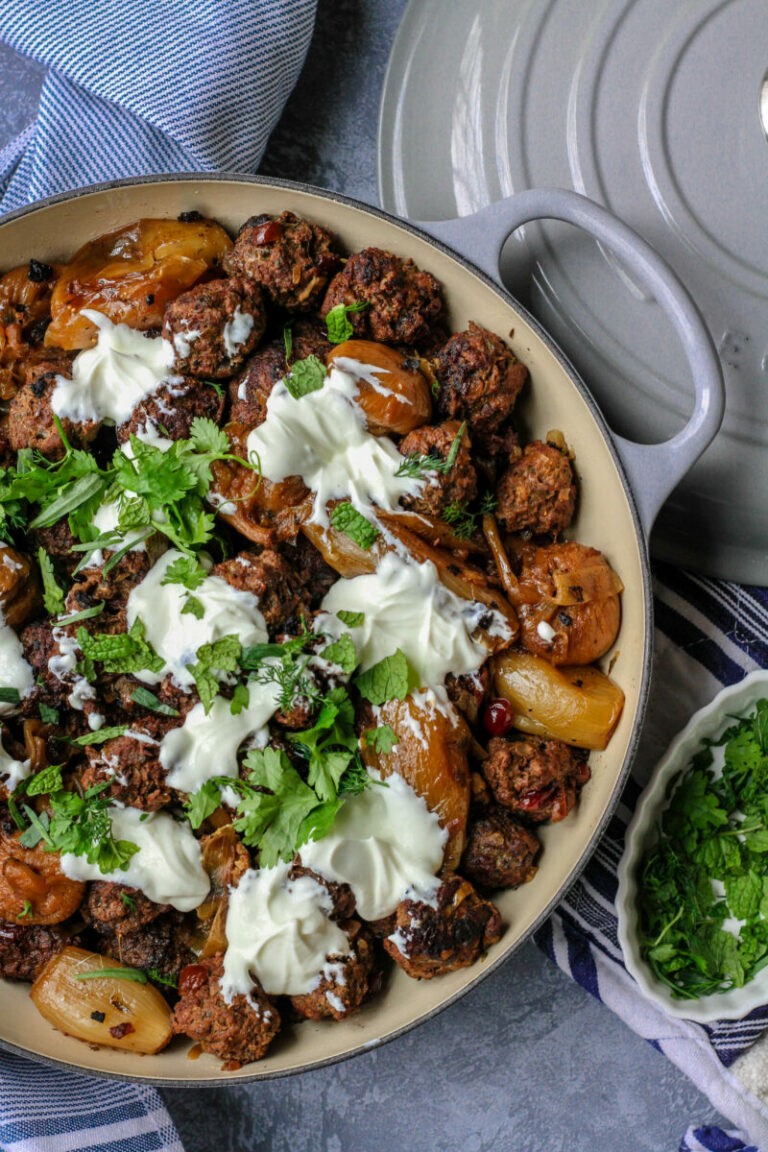Food labels can be very confusing and tricky to understand. Often we don’t have the time to spend trying to work out what they mean and how to use them.
However, a few quick tips can make shopping for healthy food a whole lot easier and quicker and can help you lose weight. Knowing what nutrition information to look for, can help you make the best choice for your health and avoid unnecessary saturated fat, added salt, added sugars and kilojoules.

Read the label
Have you ever found yourself standing in the middle of a supermarket aisle, attempting to decode the nutrition label of a food product? Yep, you are not alone.
Because on the front, the cereal says they’re 100% natural. But does that make them better or worse than the cereals that are 98% fat free?
And there’s sugar in the ingredients list, is that really so bad? What is glucose – is that the bad one? And how much energy is too much energy? And why are all the numbers so SMALL?
Don’t worry, we’re here to help.
This is your guide to understanding food labels so that you can make informed choices about what you buy at the shops.
Food label rules
The Australia New Zealand Food Standards Code make the rules about food labels. They are the people who decided that every product label needs to contain:
– Name and description of the food (eg: original-flavored Cruskits)
– Identification of the lot number (food recall information)
– Name and Australian street address of the supplier of food (food recall information)
– List of ingredients
– Date mark (i.e. your “best before”)
– Nutrition information panel (also known at the NIP)
– Country of origin of the food
– Warning and advisory statements (i.e. your “may contain traces of egg”, etc/)
Most of the above is relatively easy to navigate. What leads to the great majority of confusion is the nutrition information panel. And there’s also a bucket load of things you should probably know about the ingredients list.
The ingredient list
The ingredients list includes every single item contained within the product.
All the ingredients in the food are listed in order of their weight. So – if sugar is one of the first ingredients listed, you can safely assume that the product contains a fair bit of sugar.
Additionally, if a particular ingredient is highlighted on a product, the Code requires that a percentage must be included next to that ingredient – to show the PROPORTION of the ingredient. So, for example, if you purchase yourself some orange juice, the ingredients list will tell you how much orange is actually in that orange juice.
All additives will also be listed on the ingredients list. These might be preservatives, or they might be additives that improve the taste or appearance of a processed food.
You can go here for a complete list of additives in Australia – there are both numerical and alphabetical lists available. It’s good to educate yourself about the different names and numbers that a particular additive might have, especially if you have any intolerances.
Generally, it’s good to go for products where the list of ingredients is relatively short, and where the ingredients are also recognisable.
Nutrition information panel
Most foods will have nutrition information panels on the packaging. Some foods are exempt – herbs/spices, mineral water, tea, coffee, unpackaged foods (e.g. veggies) and foods made and packaged at the point of sale (eg. bakery bread).
The panels have information about the amount of energy, protein, fat, saturated fat, carbohydrates, sugars and sodium (i.e. salt) in the food, plus any other nutrients that the particular food might claim. So, if your natural yoghurt claims that it is a great source of calcium, then the amount of calcium must also be shown in the panel.
What to look for
Serving size
This is determined by the food industry, so it might vary from one product to the next. Note how many servings are in the pack. If you eat 16 biscuits but the serving size is only two – you’ll have to adjust the quantities per serving accordingly.
Energy
Food Standards note that this is “the total amount of kilojoules from protein, fat, carbohydrate, dietary fibre and alcohol that is released when food is used by the body”. So note that energy is not a nutrient in itself, but is released from food components, and it’s measured in kilojoules or calories. Most food labels will note that your average daily intake should be about 8700KJ (2080 cals). However, this will vary between people based on a huge variety of factors.
Sugars
There are so many different types of sugars and there can be many different terms used to refer to sugar (fructose, glucose, sucrose etc). Educate yourself to recognise them so that you don’t fall for any false claims about a product having “no sugar!”. The NSW Food Authority recommends that adults should get no more than 10-15% of their daily energy intake from sugars.
Salt
Salt’s chemical name is “sodium chloride” which means it is made up of the two minerals. However, it’s the sodium we need to watch out for – hence why it’s listed on the panel.
Fat
There are four – yes, FOUR – key types of fat. These are Unsaturated Fats, Saturated Fats, Omega-6 and Omega-3 Fats, and Trans Fatty Acids.
Fat isn’t necessarily bad for you – it all comes down to choosing which type of fat you’re eating. Unsaturated fats are generally recommended – this is the kind of fat found in avocados, nuts, olive oil and seafood. It’s suggested that you limit your saturated and trans fats.
Keep in mind that a moderate fat intake for healthy adults is approximate 30% of their total daily energy consumption.
Comparing products
If you want to compare two similar products, the NSW Food Authority recommends that you check that they have the same serving sizes. If they don’t, use the Quantity per 100g column to compare the two.
The Quantity per 100g indicates how much of what makes up the 100g of the product. SO – if there are 80.4g of carbohydrates – then carbohydrates make up 80.4% of 100g of those Cruskits.
References
mamamia.com
eatforhealth.com.au
health direct australia



